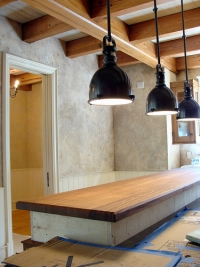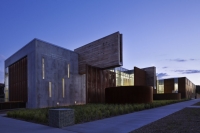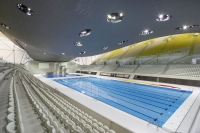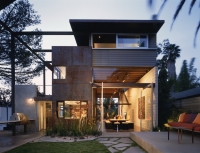You�ve been reading about BIM. It�s being used by all of the big companies, and they�re talking about the benefits they�ve reaped.You know that BIM will be coming to your workplace soon, too, but how and from what direction? Are you just supposed to buy a software suite and hope for the best?
As it turns out, that�s an approach not even the product makers and suppliers would recommend. Building information modeling (BIM) is increasingly being described as a "disruptive" technology, even by its biggest promoters, for a reason.�Most people now understand that BIM is a process, not a product,� says Catherine Palmer, Sr. Industry Marketing Manager, AEC Solutions at Autodesk. �It�s a paradigm shift.� When asked how small to medium sized firms should handle the move to BIM, Jim Lynch, Vice President, Building Product Line Group at Autodesk recommends education as a first step. �Position yourself by beginning with the concept,� says Lynch, �Then embrace it.�










